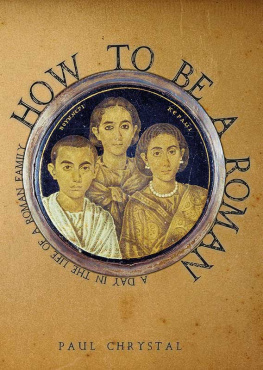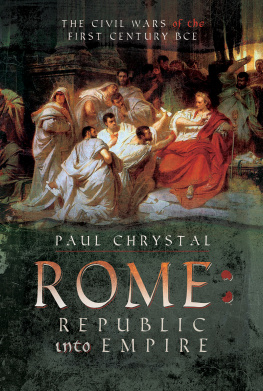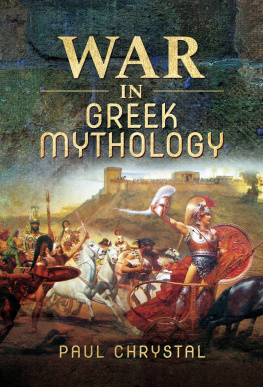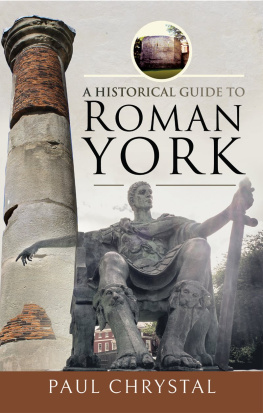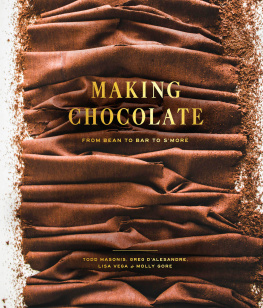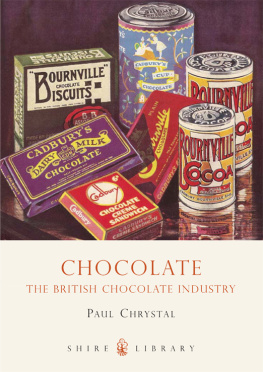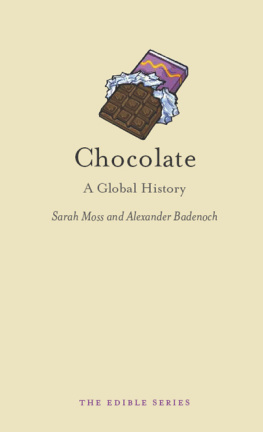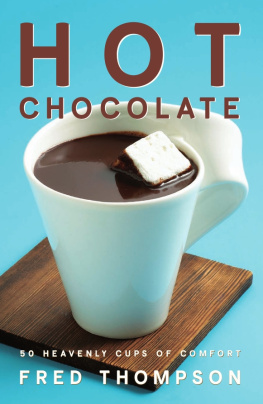For Anne, Rachael, Michael and Rebecca
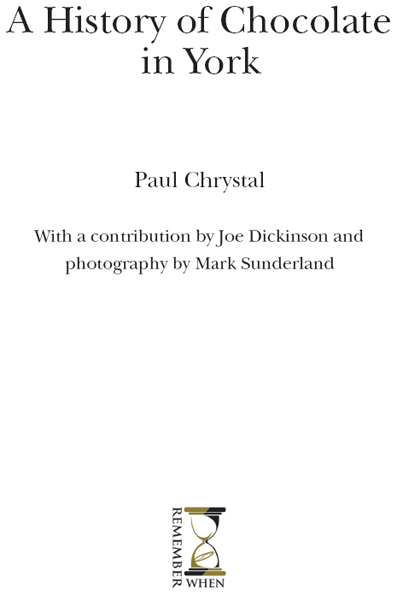
First published in Great Britain in 2012 by
REMEMBER WHEN
An imprint of
Pen & Sword Books Ltd
47 Church Street
Barnsley
South Yorkshire
S70 2AS
Copyright Paul Chrystal and Joe Dickinson 2012
PRINT ISBN 978-1-84468-123-5
ePub ISBN: 9781844683970
PRC ISBN: 9781844683987
The right of Paul Chrystal and Joe Dickinson to be identified as the Authors of this
work has been asserted by them in accordance with the Copyright, Designs and
Patents Act 1988.
A CIP catalogue record for this book is available from the British Library
All rights reserved. No part of this book may be reproduced or transmitted in any form
or by any means, electronic or mechanical including photocopying, recording or by
any information storage and retrieval system, without permission from the Publisher
in writing.
Typeset by Mac Style, Beverley, East Yorkshire
Printed and bound by Printworks
Pen & Sword Books Ltd incorporates the Imprints of Pen & Sword Aviation,
Pen & Sword Family History, Pen & Sword Maritime, Pen & Sword Military,
Pen & Sword Discovery, Wharncliffe Local History, Wharncliffe True Crime,
Wharncliffe Transport, Pen & Sword Select, Pen & Sword Military Classics, Leo Cooper,
The Praetorian Press, Remember When, Seaforth Publishing and Frontline Publishing.
For a complete list of Pen & Sword titles please contact
PEN & SWORD BOOKS LIMITED
47 Church Street, Barnsley, South Yorkshire, S70 2AS, England
E-mail:
Website: www.pen-and-sword.co.uk
Acknowledgements
Thanks go to the following for their help and support in the research for this book and in the provision of images; without them the book would be much diminished: Alex Hutchinson, Nestl Heritage, York; Dr Amanda Jones and colleagues, Borthwick Institute, University of York; Sarah Brown, Brand Manager, Tangerine Confectionery; Robert Cunningham-Brown, Caley of Norwich Ltd; Sarah Foden, Cadbury UK; Sarah McKee, Bettys & Taylors of Harrogate; Beth Hurrell, Joseph Rowntree Foundation; Colin Carr; Jackie Logan, York Museums Trust; Maggie Wright, Joseph Rowntree School; Chris Headley, New Earswick Folk Hall; Brian Harton for the loan of his Trip to York game; Melvyn Browne; Peter Stanhope for the information on, and photographs of, Thomas Thompson; Jo Sharper for her collection of Cocoa Works Magazines; Keith Chapman for sharing his memories of the music room; Sue Smith, Haxby Library; Staff of the Archives and Local History section, York Explore Centre; David Hulme for the photographs on pages 203 and 206; Sophie Jewett at Little Pretty Things; Monk Bar Chocolatiers; Juliana Delaney, Continuum Group and the Sweet History of York visitor attraction; and to York Press for permission to use the photograph on page 211. I have consulted numerous publications whilst researching this book, all of which are listed in Further Reading on page 216. However, two books have been particularly useful and informative: they are Robert Fitzgeralds Rowntree and the Marketing Revolution and Van Wilsons The Story of Terrys a fascinating oral history of the firm with numerous anecdotes and interviews with the people who worked there over the years.
Other Books by Paul Chrystal
| Knaresborough Through Time | Harrogate Through Time |
| North York Moors Through Time | York: Places of Learning Through Time |
| Villages around York Through Time | York Past & Present |
| Northallerton Through Time | York: Business & Industry Through Time |
| Richmond & Swaledale Through Time | Chocolate: A History of the British Chocolate Industry |
| Tadcaster Through Time | A Childrens History of Harrogate & Knaresborough |
| Hartlepool Through Time | AZ of Knaresborough History |
| Redcar, Marske & Saltburn Through Time |
| Pocklington and Surrounding Villages Through Time |
Forthcoming 2012
Cadbury & Fry An Illustrated History
Confectionery in Yorkshire An Illustrated History
Introduction
WHEN YOU think of York you think of the Minster, the city walls, railways and chocolate. York has been a centre of chocolate and confectionery manufacturing since July 1862 when Henry Isaac Rowntree bought the Tukes business, a shop specializing in the sale of coffee, chicory and drinking chocolate, and began to produce Tukess Superior Cocoa, later to become Rowntrees Prize Medal Rock Cocoa. Henry relocated the business to Tanners Moat in 1864.
In 1823 another Joseph, apothecary Joseph Terry, married Harriet Atkinson, a relative of Robert Berry who ran a small confectionery business with William Bayldon near Bootham Bar. Terry gave up being a chemist and druggist and joined Berry in St Helens Square. George Berry succeeded his father to form the musical sounding Terry & Berry but George left in 1826 leaving Joseph Terry to develop what then was essentially a confectionery business. By 1840 Terrys product was being delivered to seventy-five towns all over England. Chocolate production began around 1867 with thirteen chocolate products (including chocolate creams and batons) adding to his other 380 or so confectionery lines.

Mary Tukes shop in Walmgate, 1860s.

An early invoice from Tukes, 1815.

Mary Ann Craven.
In 1843 Thomas Craven is described in the York Courant as starting out as a purveyor of confectionery, teas, coffees & c. On 30 April 1851 he married Mary Ann Hick, a union which paved the way for the establishment of M.A. Craven, confectioners, in Coppergate.
This book is a history of chocolate and confectionery production in York. It provides a fascinating 150-year story which takes in the origins and development of Rowntree, Terry and Craven from the reigns of Victoria, Edward VII and George V, through two world wars, the intervening Depression, and revolutions in industry and corporate marketing, right up to their respective takeovers by Nestl, Kraft and Tangerine.
The early chapters will provide some context: firstly, a brief look at how chocolate came to England via Central and South America and Spain and its role and reception in Eighteenth and Nineteenth Century English society; secondly, a survey of York around the same time to discover the sort of city Rowntree, Terry and Craven were setting up in, from an industrial and commercial viewpoint. We will then examine the role Quakerism played in Rowntree and Terry, and the influence this had on company ethos, particularly with respect to philanthropy and industrial welfare and in the provision of housing, social and recreational amenities and education. Other chocolate companies, in particular Fry and Cadbury, are then considered, as these two firms pioneered much of what was to follow with Rowntree and Terry. We then look at smaller chocolate and confectionery businesses such as Needlers, Thorntons and Packer, as well as the foreign competition from Toblerone, Mars and Nestl.
In our chapters on Rowntree we pause to examine two important aspects of the companys development. First, the
Next page


